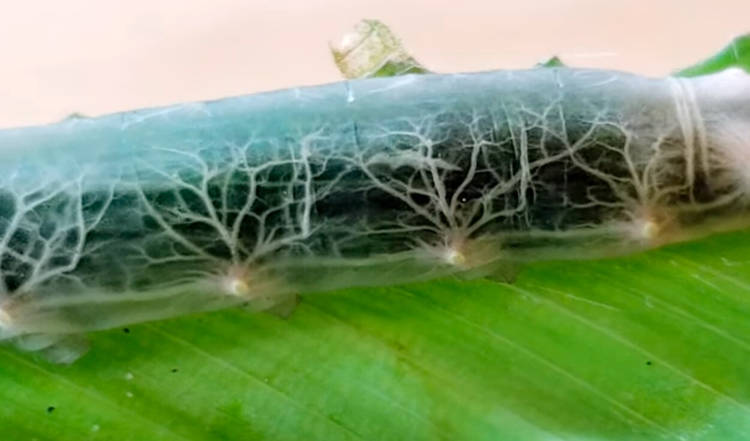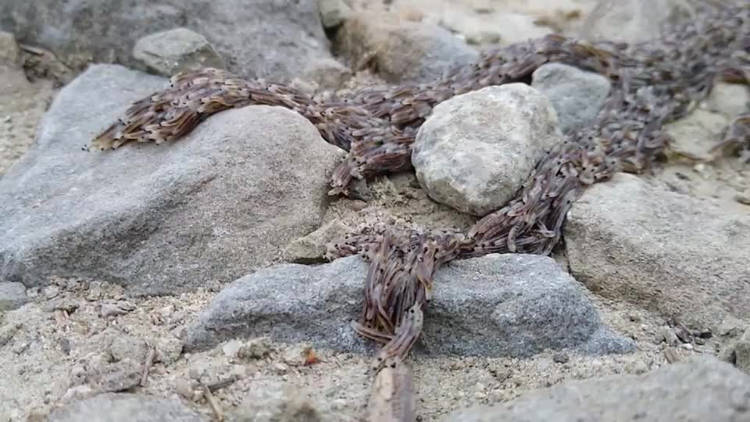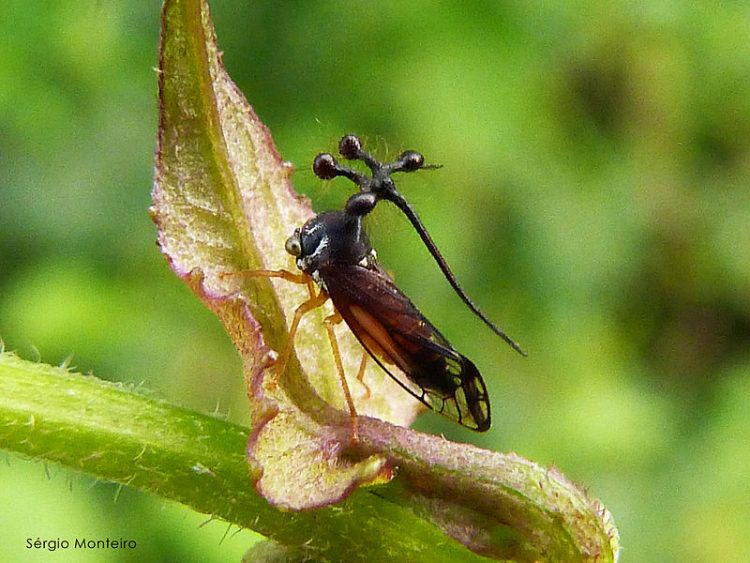When you think of the rarest, most precious materials on Earth, things like diamonds, platinum, or gold probably pop into your head, but did you know that a special type of wood is actually more expensive than any of those?
Kynam, or “kyara” as it’s known in Japan, is an extremely rare type of agarwood used in the perfume and incense industries for its complex and very strong fragrance. It is the most sought-after type of “oud”, the name used in the Arab peninsula to describe the dark resinous wood produced in the heartwood of the aquilaria tree, in specific circumstances. A single gram of kynam can fetch well over $10,000, making it by far the most expensive wooden on the planet, and also one of the most expensive natural materials.
Essentially, kynam is the best kind of agarwood that money can buy, and it’s important that all types of agarwood are relatively expensive. Also known as aloeswood, eaglewood, or simply oud, agarwood has been an important part of Chinese, Japanese, Indian, Arab and Southeast-Asian cultures for thousands of years. It has always been a precious commodity, but demand for it has increased dramatically in recent years, and with it, the price.





















